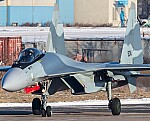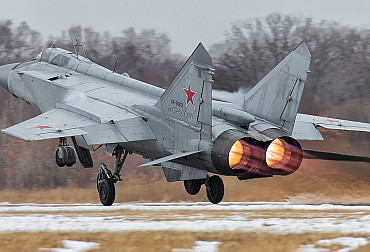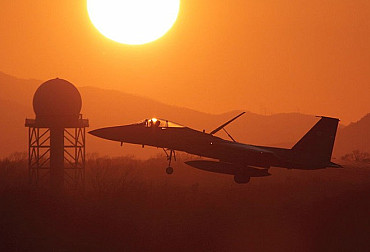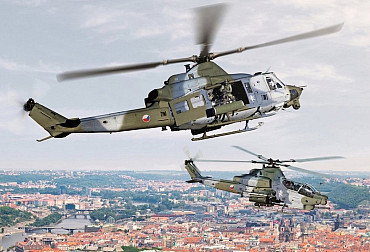MH-60S Seahawk helicopter mishap at Naval Air Station Fallon: Ten sailors injured in training incident
In an unexpected turn of events during a routine training exercise, ten sailors were injured in a mishap involving two MH-60S Seahawk helicopters at Naval Air Station (NAS) Fallon, Nevada. The incident, which occurred at approximately 7:25 p.m. local time on Thursday, took place within the Fallon Range Training Complex, a remote area dedicated to military training operations. While the precise details of the mishap remain under investigation, the event has raised questions about the safety protocols and operational risks associated with high-intensity military training exercises.
The incident: What we know so far
The mishap involved two MH-60S Seahawk helicopters, aircraft known for their versatility and critical role in naval operations. The helicopters were conducting routine training maneuvers when the incident occurred. All ten sailors involved in the mishap were promptly transported to a local hospital for medical treatment. Fortunately, the injuries sustained by the sailors were reported as non-life-threatening, and all have since been released from the hospital. The Navy has not disclosed specific details about the nature of the mishap, leaving room for speculation as to whether it involved a collision, mechanical failure, or another unforeseen complication.
NAS Fallon, a key installation for naval aviation training, is home to the Fallon Range Training Complex, the Navy’s premier training range for air warfare. The complex provides a vast and realistic training environment, enabling service members to prepare for various combat scenarios. The remote location of the mishap site, secured by NAS Fallon security personnel, underscores the complex's role in facilitating high-risk, high-reward training operations designed to simulate real-world conditions.
Helicopter Sea Combat Squadron 12 and Carrier Air Wing 5
The helicopters involved in the mishap were assigned to Helicopter Sea Combat Squadron 12 (HSC-12), part of Carrier Air Wing 5, which is based in Japan. HSC-12 plays a vital role in naval operations, providing search and rescue capabilities, logistics support, anti-surface warfare, and mine countermeasures, among other missions. The squadron’s presence at NAS Fallon was part of a larger training effort to integrate these diverse operational capabilities in both real and simulated environments.
Carrier Air Wing 5, to which HSC-12 belongs, is a critical component of the U.S. Navy’s forward-deployed forces in the Indo-Pacific region. The wing operates from the aircraft carrier USS Ronald Reagan (CVN-76), which serves as a cornerstone of U.S. naval power in the region. As the Navy transitions its Japan-based carrier from the Ronald Reagan to the USS George Washington (CVN-73), the training conducted by Carrier Air Wing 5 at NAS Fallon becomes even more crucial. This period of transition is essential for ensuring that the air wing maintains its operational readiness and can effectively integrate with the new carrier.
Safety and operational risks in Military Training
While the Navy has yet to release detailed information about the cause of the mishap, such incidents highlight the inherent risks associated with military training, particularly in aviation. Training exercises, especially those involving complex aircraft like the MH-60S Seahawk, are designed to push the limits of personnel and equipment to ensure readiness for combat operations. However, this also means that there is always a risk of accidents, even under controlled conditions.
The Navy's investigation into the mishap will likely focus on several factors, including the mechanical condition of the helicopters, the training protocols in place, and the actions of the personnel involved. The findings could lead to changes in training procedures, maintenance practices, or other areas to enhance safety and reduce the risk of future incidents.
The Role of the MH-60S Seahawk in Naval Operations
The MH-60S Seahawk, commonly referred to as the "Knighthawk," is a multi-mission helicopter that has become a workhorse for the U.S. Navy. It is part of the Sikorsky S-70 family, which includes the Army's UH-60 Black Hawk. The Seahawk variant is specifically designed for naval operations and can be configured for a variety of missions, including vertical replenishment, search and rescue, medical evacuation, and anti-surface warfare.
The Seahawk's versatility makes it an indispensable asset for the Navy, capable of operating from aircraft carriers, destroyers, and other surface ships. Its advanced avionics, navigation systems, and defensive capabilities enable it to perform in diverse and challenging environments, from the open ocean to complex littoral zones. The incident at NAS Fallon serves as a reminder of the demanding nature of the missions these helicopters undertake, and the importance of rigorous training to prepare their crews for the realities of operational deployment.
The Importance of Integrated Training at NAS Fallon
NAS Fallon is the Navy's premier air warfare training center, providing a realistic and challenging environment for aircrew to hone their skills. The training conducted at Fallon is essential for preparing aircrews for the complexities of modern warfare, which requires seamless integration of air, sea, and land forces. The Fallon Range Training Complex allows for the execution of large-scale exercises that integrate live fire, electronic warfare, and other elements that simulate real-world combat scenarios.
The incident involving the Seahawk helicopters underscores the intensity of the training conducted at NAS Fallon. The Navy’s emphasis on integrated training ensures that all elements of a carrier air wing, including helicopters like the MH-60S, can operate cohesively in a combat environment. This level of preparation is critical, particularly as the U.S. faces evolving threats in the Indo-Pacific region and beyond.
Conclusion
The mishap involving the MH-60S Seahawk helicopters at NAS Fallon serves as a stark reminder of the risks inherent in military training. While the Navy has fortunately reported that all sailors involved have been released from the hospital with non-life-threatening injuries, the incident highlights the challenges faced by service members as they prepare for the demands of modern warfare. As the Navy continues its investigation, the findings will likely contribute to enhancing safety protocols and ensuring that future training exercises can be conducted with even greater care and precision.
The sailors of Helicopter Sea Combat Squadron 12, alongside their colleagues in Carrier Air Wing 5, remain at the forefront of U.S. naval operations. Their training at NAS Fallon is a crucial part of maintaining the Navy’s readiness and ability to project power across the globe. As the U.S. Navy continues to adapt to new challenges, the lessons learned from this incident will play a vital role in shaping the future of naval aviation training and operations.








